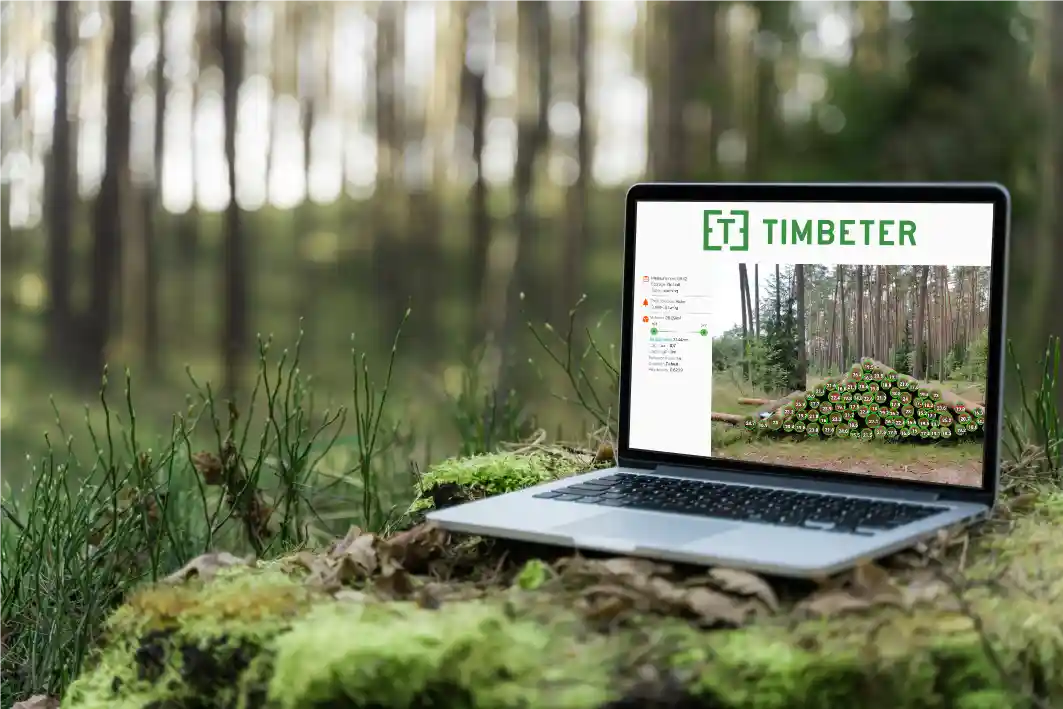Working at Timbeter, our team daily experiences how hard it can be to make the digital transformation. The main difficulty is making the change happen. Technology implementation is the easiest part of the process, but it is challenging to start making things differently as they were made in the past. This requires firstly an open mindset, readiness to change the processes and commitment from the whole team. It also requires overcoming possible bottlenecks and critical thinking about the current situation. But at the same time it introduces new business opportunities, possibilities to save costs and have accurate data for better decision making.
Changes don’t happen overnight. Even though we have seen companies that are capable of implementing Timbeter within just a few hours, with bigger companies it requires some time and effort. If the proper plan is made and resources allocated then it is also much easier to go for maximum effect of the technology from the 1st subscription day. That is also the reason why we offer in addition to free trial to go through the pilot project where all the necessary steps for implementation are taken. Pilot project acts also as an onboarding process where different stages of preparation and analysis; piloting and utilization are gone through.

Through our extensive experience working with different companies we have listed the top 5 elements we find as the main criterias for success.
- Dedicated team. To implement the new technology and new processes – it is not the question of technology. It is always and most importantly a question about the people.
Their readiness to address the problems, to adopt new technologies and make changes in their working habits. It also requires a commitment from the management to make the changes happen. From what we have seen, dedicated resources from the forestry operations as well the IT-team, supported by the management is the efficient combination for the digital transformation.
- Open mindset. Digital transformation opens up new opportunities, creates possibilities that didn’t exist before – important is to take advantage of the data and efficiency for better decision making and smoother operations. It is always important to detect possible bottle-necks and create solutions to overcome them.
- Standardization. To make the most of the use of technology, certain rules and regimes need to be agreed. For example in Timbeter’s case, the team needs to agree what measurement regimes they are going to use, what kind of assortment characteristics are being used – so to make sure that everybody is doing the things in the same way.
- Re-engineering of processes. Technology creates opportunities for shortcuts, skipping some of the steps in the process and increasing efficiency. This includes re-use of data, integrations with the existing systems, cutting out any manual and paper-based activities.
- Readiness to overcome resistance.Management must support all the necessary steps to bring real change. It may also mean addressing the criticism, understanding that some people simply don’t like the change.
As you can see, digital transformation can be quite a challenge that requires a lot of input. But it is needed to remember that digital transformation brings very many further benefits. In Timbeter’s case this includes for example increased employee safety, less mistakes in data entries and management, real-time overview of operations, transparency, better data and much more.
It would be important to have the essential metrics in place to measure the potential impact related to costs:
- Time – how much time was spent before and how much quicker the process becomes (in typical case it is 2 min vs 30-45 min in case of log-by-log measurement)
- Paper, printing and other resources – paper-based processes consume tons of paper. In typical cases it is up to 5 sheets of paper per one measurement (including the after-measurement reporting).
- Kilometers driven – Something that usually doesn’t come to a mind as a potential side-benefit from using Timbeter. But talking to our customers we have understood that having more accurate information regarding the location of the piles, being able to make measurements in the forest and having data available in the office for production and sales planning, brings also significant savings in terms of kilometers driven.
Start your digital transformation journey with Timbeter already today! Contact our team at info@timbeter.com to start the trial or the pilot and enjoy the benefits and cost savings.
